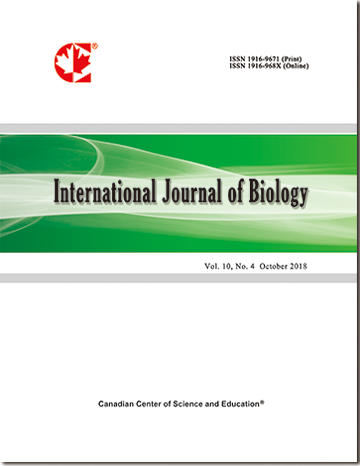Pseudomonas aeruginosa – Pathogenesis and Pathogenic Mechanisms
- Alaa Alhazmi
Abstract
Pseudomonas aeruginosa is a common bacterium, Gram-negative opportunistic pathogen capable of infecting humans with compromised natural defenses and causing severe pulmonary disease. It is one of the leading pathogen associated with nosocomial infections. It has a vast arsenal of pathogenicity factors that are used to interfere with host defenses. Pathogenesis in P. aeruginosa facilitates adhesion, modulate or disrupt host cell pathways, and target the extracellular matrix. The propensity of P. aeruginosa to form biofilms further protects it from antibiotics and the host immune system. P. aeruginosa is intrinsically resistant to a large number of antibiotics and can be acquired resistance to many others, making treatment difficult. P. aeruginosa provokes a potent inflammatory response during the infectious process. The majority of mortalities in immunocompromised patients; cystic fibrosis, can be attributed to the progressive decline of lung function resulting from chronic infection by pathogens such as P. aeruginosa. Antibiotic treatment of chronic P. aeruginosa infections may temporarily suppress symptoms; however, they do not eradicate the pathogen. Lung diseases caused by P. aeruginosa are a leading cause of death in immunocompromised individuals as well as in children. Although immunocytes recruitment is critical to augment the host defense, excessive neutrophil accumulation results in life-threatening diseases, such as acute lung injury, as well as acute respiratory distress syndrome. Several virulence factors have been studied for their roles as potential vaccine candidate, although there is currently no clinically accepted vaccine. Understanding host-pathogen interaction is critical for the development of effective therapeutic strategies to control the damage in the lung.
- Full Text:
 PDF
PDF
- DOI:10.5539/ijb.v7n2p44
Journal Metrics
h-index (December 2021 ): 37
i10-index (December 2021 ): 149
h5-index (December 2021 ): N/A
h5-median (December 2021 ): N/A
Index
- ACNP
- AGRICOLA
- BASE (Bielefeld Academic Search Engine)
- CAB Abstracts
- CiteFactor
- CNKI Scholar
- CrossRef
- DTU Library
- Elektronische Zeitschriftenbibliothek (EZB)
- Excellence in Research for Australia (ERA)
- Google Scholar
- Infotrieve
- LIVIVO (ZB MED)
- LOCKSS
- Max Planck Institutes
- MIAR
- PKP Open Archives Harvester
- Qualis/CAPES
- ResearchGate
- ROAD
- SafetyLit
- SHERPA/RoMEO
- Technische Informationsbibliothek (TIB)
- Universe Digital Library
- WorldCat
Contact
- Ryan JonesEditorial Assistant
- ijb@ccsenet.org
